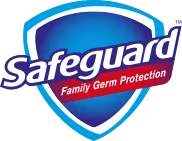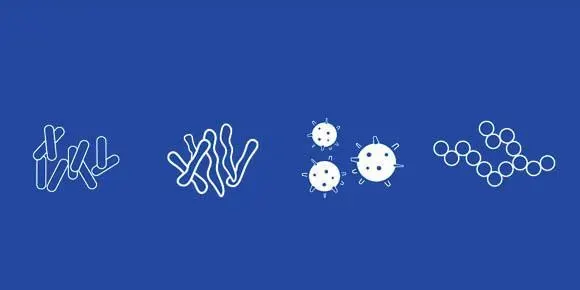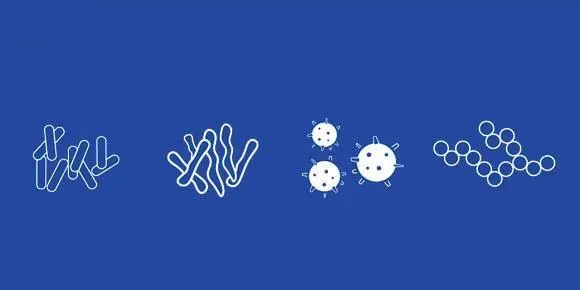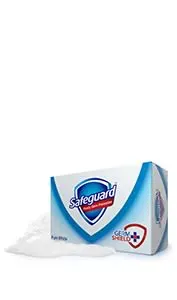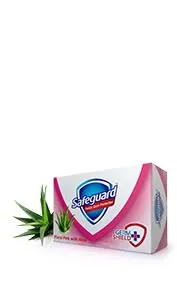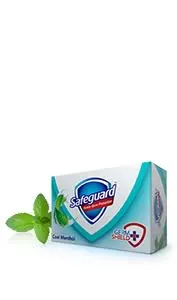- Home/
- Health Education/
- Germ & Infectious Disease/
How to Identify and Help Prevent a Cough
How to Identify and Help Prevent a Cough
SHARE
What Is a Cough?
A cough is a natural and sudden reflex, where air is rapidly expelled from your lungs to clear your respiratory passages of foreign particles. While coughs can be frustrating, their purpose is to guard against further infection.
Most coughs can be described as dry (tickly and felt mainly in the throat) or chesty (phlegm-producing and felt mainly in the chest). Experiencing phlegm during a cough is usually a good sign, because it means the foreign particles causing the cough are being expelled from the lungs. Coughs can also be described as acute or chronic.
Acute coughs typically:
- Last for less than three weeks
- Are the result of a viral respiratory tract infection
- Affect the throat or upper respiratory tract
Chronic coughs typically:
Lasts up to or more than 8 weeks Are the result of mucus and nasal drips in your respiratory passages
What Causes a Cough?
While there are multiple causes of persistent cough, the majority of coughs are caused by postnasal drip, asthma, or gastroesophageal reflux disease (GERD).1 Coughs can also be symptoms of various viral infections or the flu.
How Can Safeguard Help Prevent a Cough?
Coughs spread germs very efficiently. A single cough expels an average of 3.000 droplets at speeds of up to 50 miles per hour.2 Covering your mouth when you cough can help limit the spread of germs. Whether you have a cough or are trying to avoid getting one, using Safeguard with GermShield+ to wash your hands throughout the day also helps in a big way. While no soap can protect against all the germs that cause coughs, Safeguard with GermShield+ keeps 3 of 4 germ types away for up to 12 hours after hand washing, which is better protection than any other antibacterial soap.
